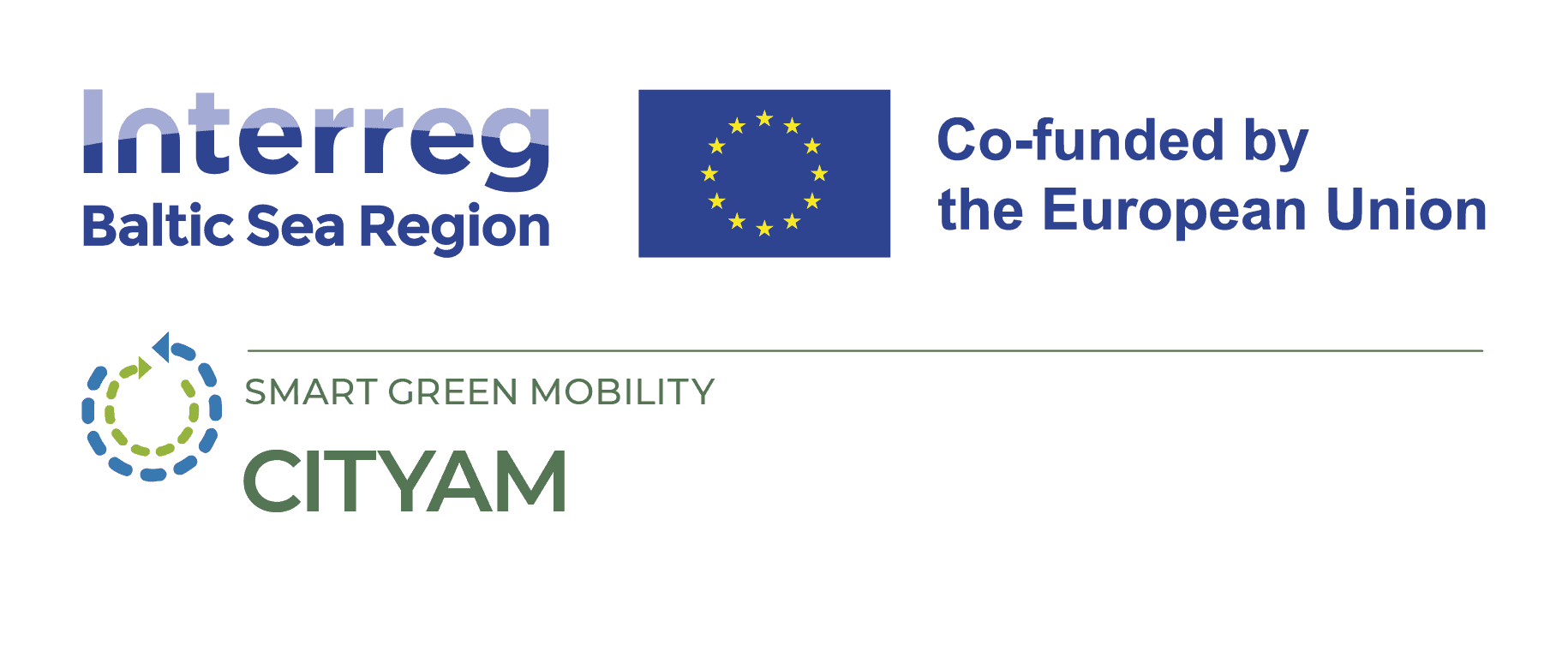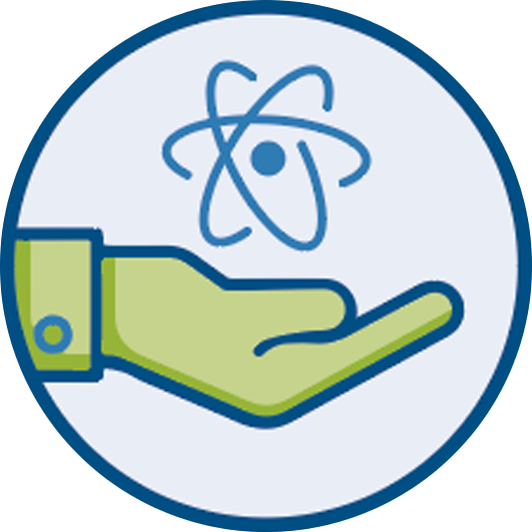
Places for Drones – Tool Helps Cities to Find Suitable Landing Sites
02 May 2025
The drone industry is rapidly expanding; therefore, cities need to define acceptable and prohibited areas for drone usage. Consequently, cities must identify safe and suitable landing sites. A Geospatial Information System (GIS) tool has been developed to streamline this process. The tool assists cities in the strategic planning of drone services and landing sites. Leveraging geospatial data, it enables urban planners to identify and prioritize potential locations.
The GIS tool’s primary aim is to support urban planning departments in integrating drone services and infrastructure into their city landscapes. Users, particularly urban and traffic planners, can input various criteria, resulting in a city map that highlights multiple suitable landing site alternatives. The tool fosters dialogue and collaboration among key Urban Air Mobility stakeholders, including drone operators and urban planners, ensuring a comprehensive approach to landing site selection. Furthermore, the tool accessible simultaneoulsy by multiple users via the Internet, enables wider collaboration in the planning, fostering wide acceptance among all stakeholders.
“The tool provides a modern and intuitive way to plan drone launching and landing sites, helping various stakeholders collaborate to identify suitable locations,” says Professor Eija Honkavaara from the Finnish Geospatial Institute at the National Land Survey of Finland. “I believe that with this tool, we can not only improve the quality and cost-effectiveness of the planning process and its outcomes but also enhance the acceptability of urban planning,” she continues.
To date, the tool has been piloted in Stockholm, Hamburg, and Helsinki through online transnational workshops and dedicated testing sessions in each city. Currently the tool is piloted in Riga, Tartu, and Gdansk. Designed for universal application, the GIS tool is accessible to all cities seeking to optimize their drone landing site planning.
The creation of the GIS tool has been a cooperation between Aalto University and National Land Survey of Finland.





